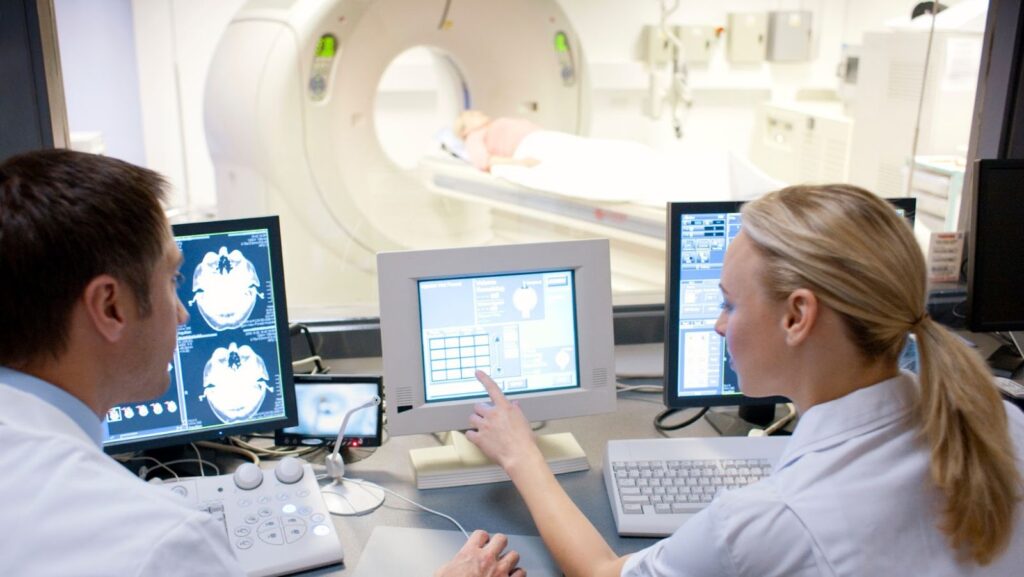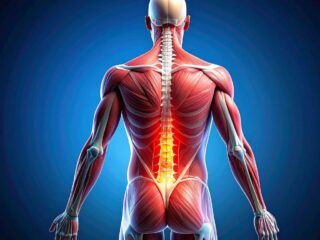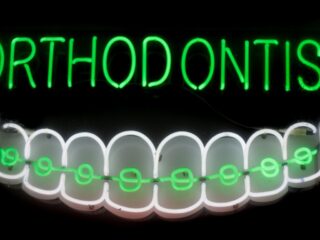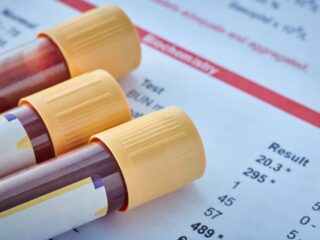
Low density means that there are very few calcium deposits in an area of the body. It can also refer to a low amount of other minerals, such as iodine, which has strong bone absorption qualities. Low density on a CT scan is related to osteopenia or osteoporosis. This is fairly common in post-menopausal women, as estrogen production decreases after age fifty. Women are three times more likely than men to have osteoporosis.
What is a CT scan?
CT stands for computed tomography. It is a specific type of imaging that uses special x-ray equipment to generate multiple images of specific cross-sections of the body. These are then compiled into 3D images by an oncologist, radiologist, or other medical professional. A CT scan can see bone density and soft tissue in far greater detail than a regular x-ray. This is why it is often used to diagnose conditions such as cancer, fractures, and internal bleeding.
If you are experiencing any of the following symptoms, you should speak to your doctor about having a CT scan:
– unexplained weight loss
– bone pain that does not go away
– fractures in the ribs, arms, or legs
– trouble walking due to a loss of balance
– pain when going from a sitting to a standing position
If you have any of these symptoms, your doctor will likely give you a blood test to check for calcium deficiency.
Also, full body scan for your health may be recommended for individuals with a history of certain health conditions or for those who want to proactively monitor their overall health. While full body scans can provide valuable information, they should only be performed under the guidance of a healthcare professional and should not be used as a replacement for regular screenings and checkups.
How does the density of your tissue affect the results of a CT scan?
If you experience low density on a CT scan, it means that your body is not depositing enough calcium in the bones. This can cause osteoporosis, but also all of its symptoms. There are many reasons why the number of calcium deposits decreases in patients with this condition. It varies from person to person and includes:
– age; older patients are more likely to suffer from this condition
– gender; women become three times more susceptible than men at the age of fifty
– body weight and bone structure. People who weigh less and have a smaller frame will naturally experience lower bone density, and therefore show up on a CT scan as low in density.
– diet. Patients who don’t eat enough calcium-rich foods are more likely to have low density on a CT scan.
– ethnicity. Some ethnicities are more likely to develop low density than others.
So, what does low density mean on a ct scan?
Low density on a CT scan is generally associated with osteopenia or osteoporosis. This means that the patient has a low amount of calcium in their bones, which can lead to a number of health problems. If you are experiencing any of the symptoms listed above, be sure to speak to your doctor about having a CT scan. It is possible that you have low density on a CT scan.
What can you do to prevent this from happening in the future (including diet, exercise, and medication)
If you are experiencing osteoporosis, there are several ways to treat it. Your doctor will likely prescribe daily calcium supplements and exercise. They may also prescribe medications such as bisphosphonates to help prevent or slow further bone loss. Weight-bearing activities like walking, jogging, dancing, and weightlifting can also strengthen your bones. It is highly recommended that if you are experiencing osteoporosis, you have a CT scan. This will help your doctor diagnose the problem early on so that it can be treated promptly.
If you are experiencing any of the symptoms listed in the article, do not wait! Speak to a medical professional immediately. A CT scan will determine if you have low density on a CT scan. You can also speak to a medical professional about your diet, exercise regimen, and medication. All of these things come into play when discussing osteoporosis and how it may be affecting your bones.











